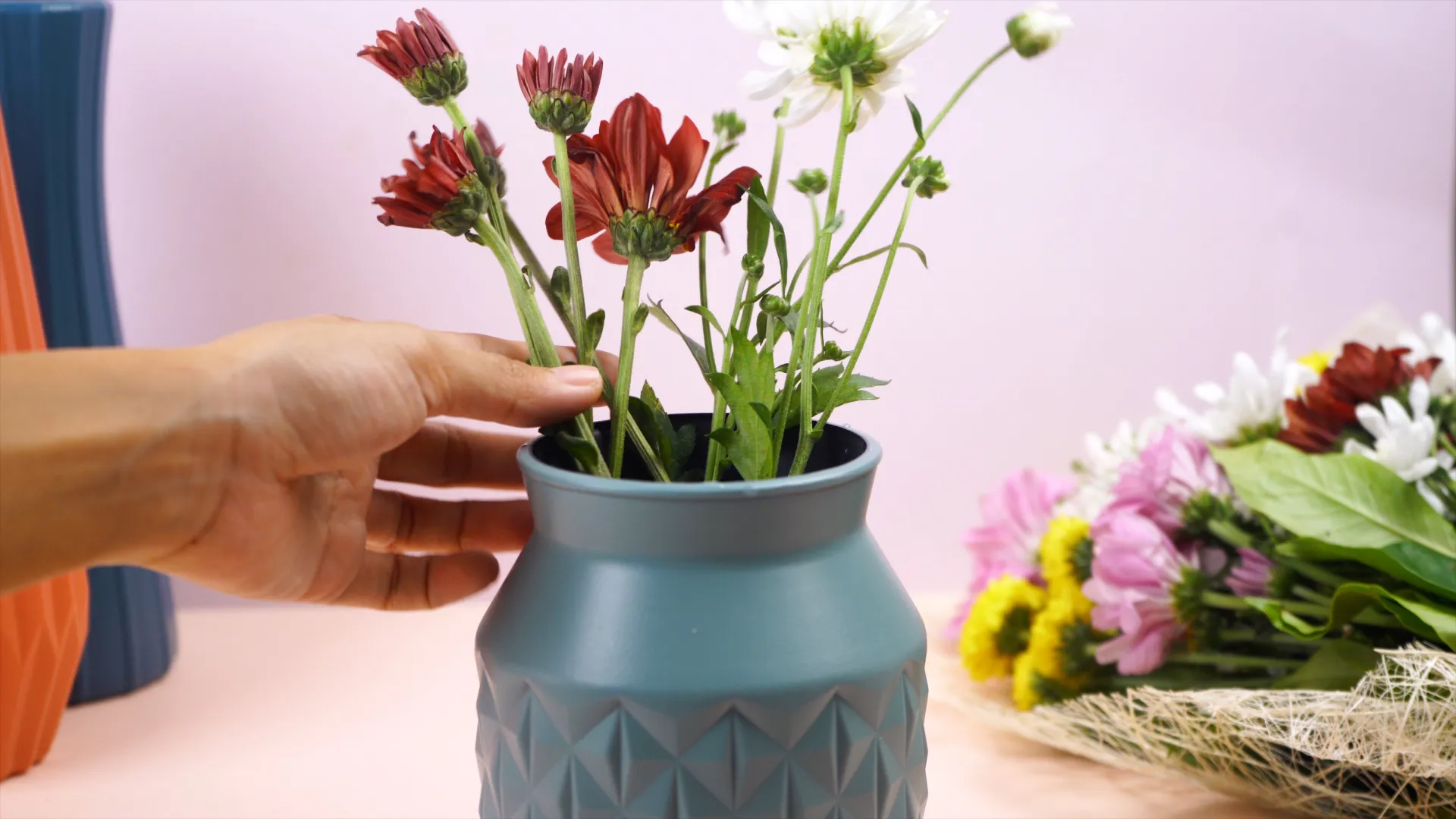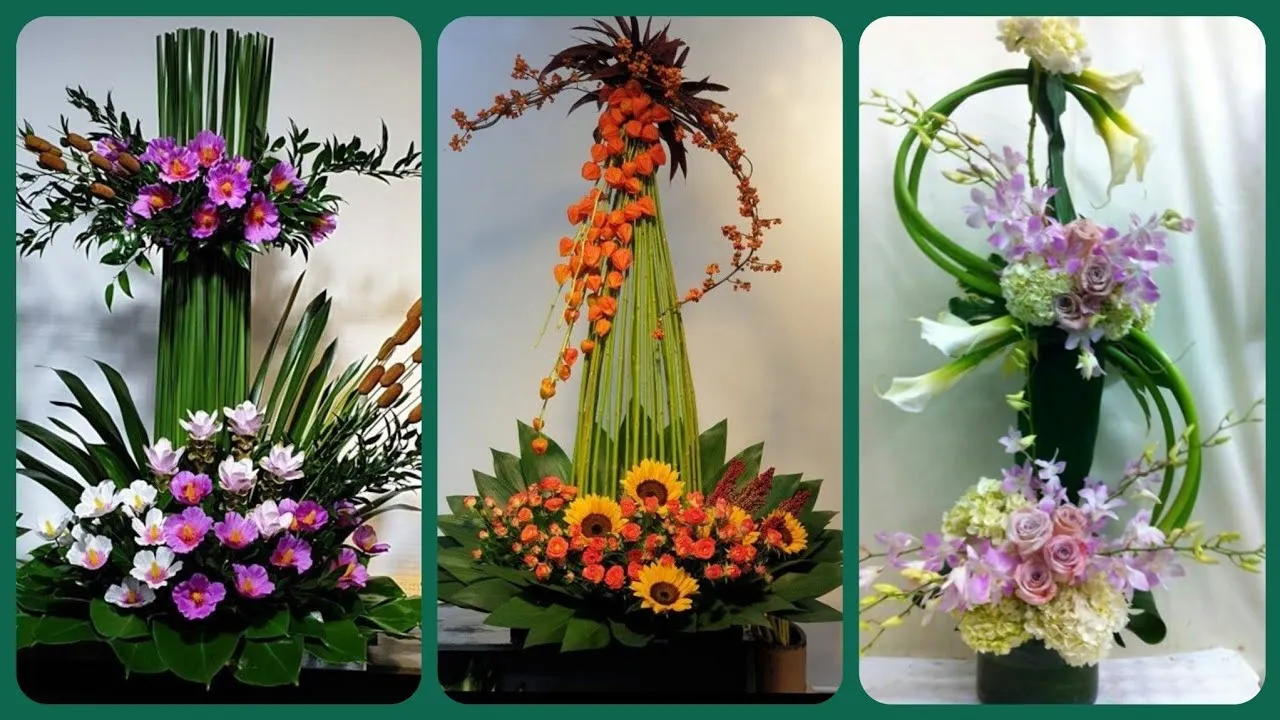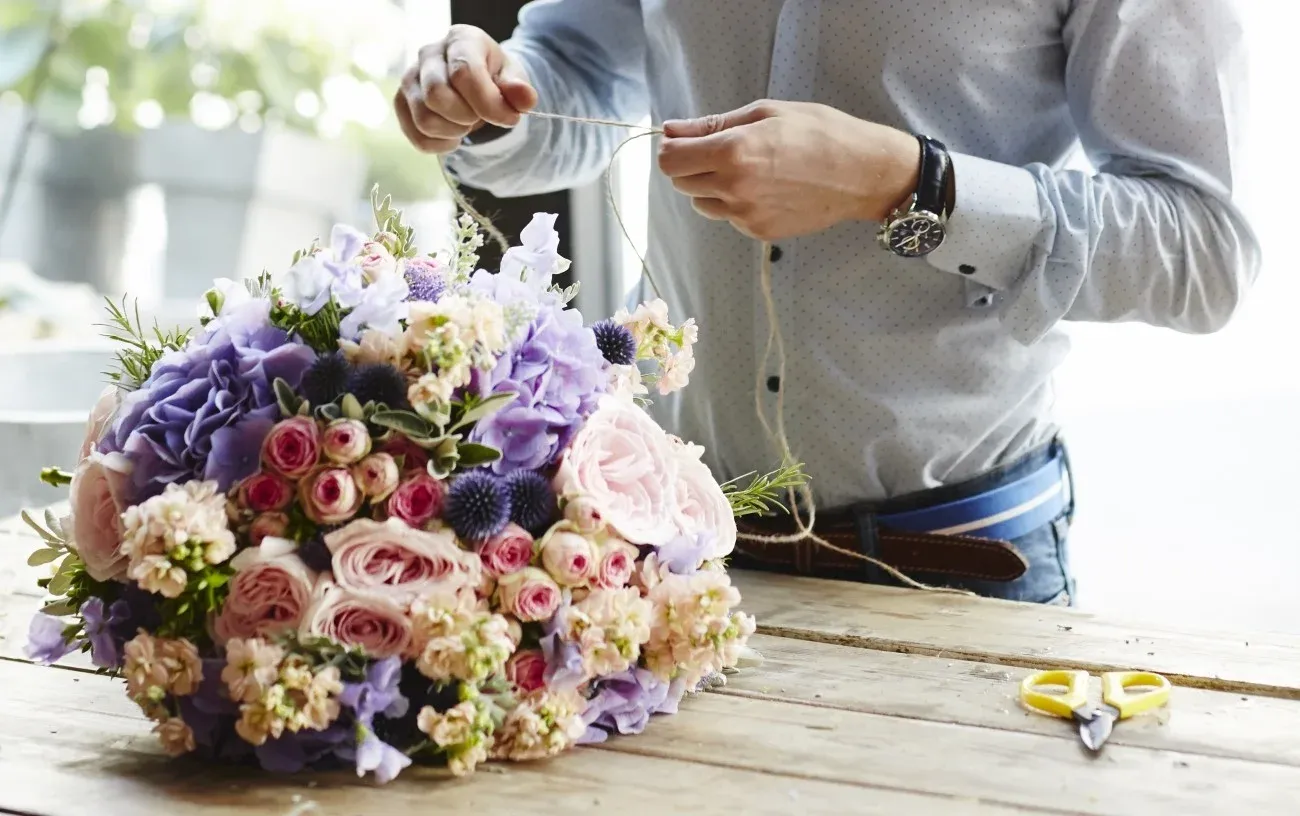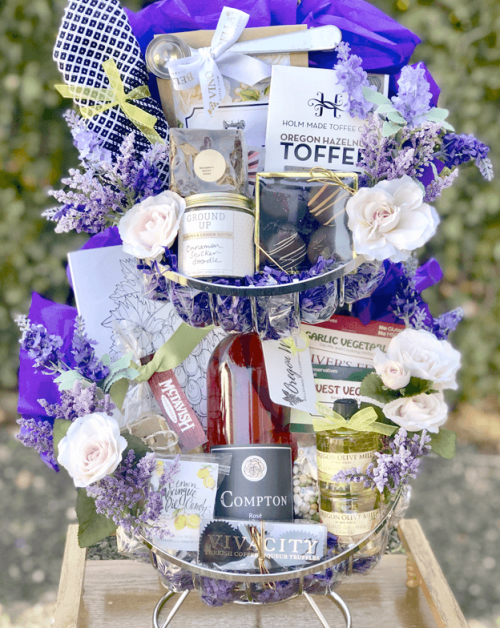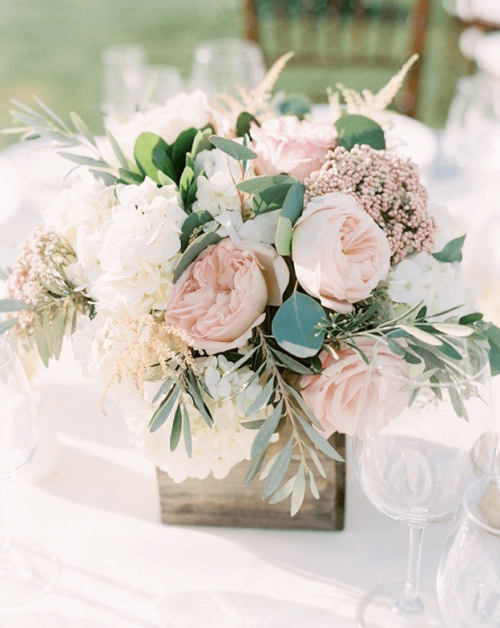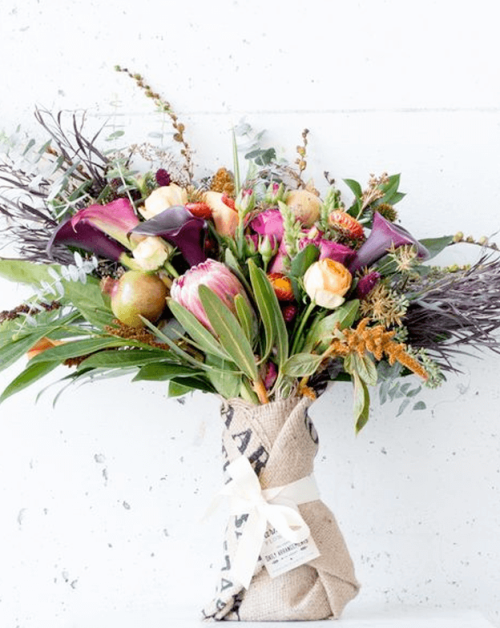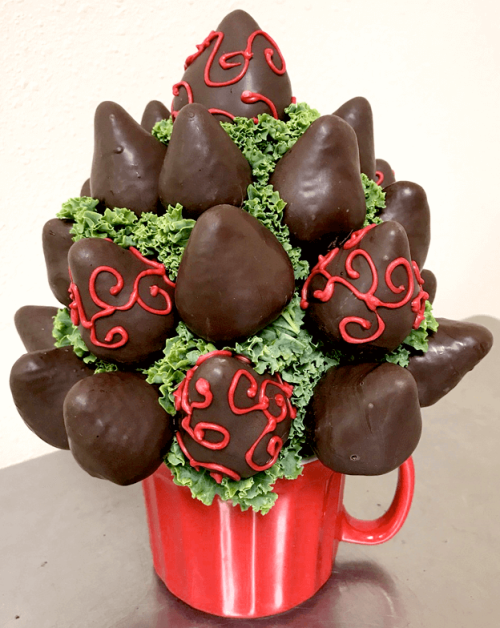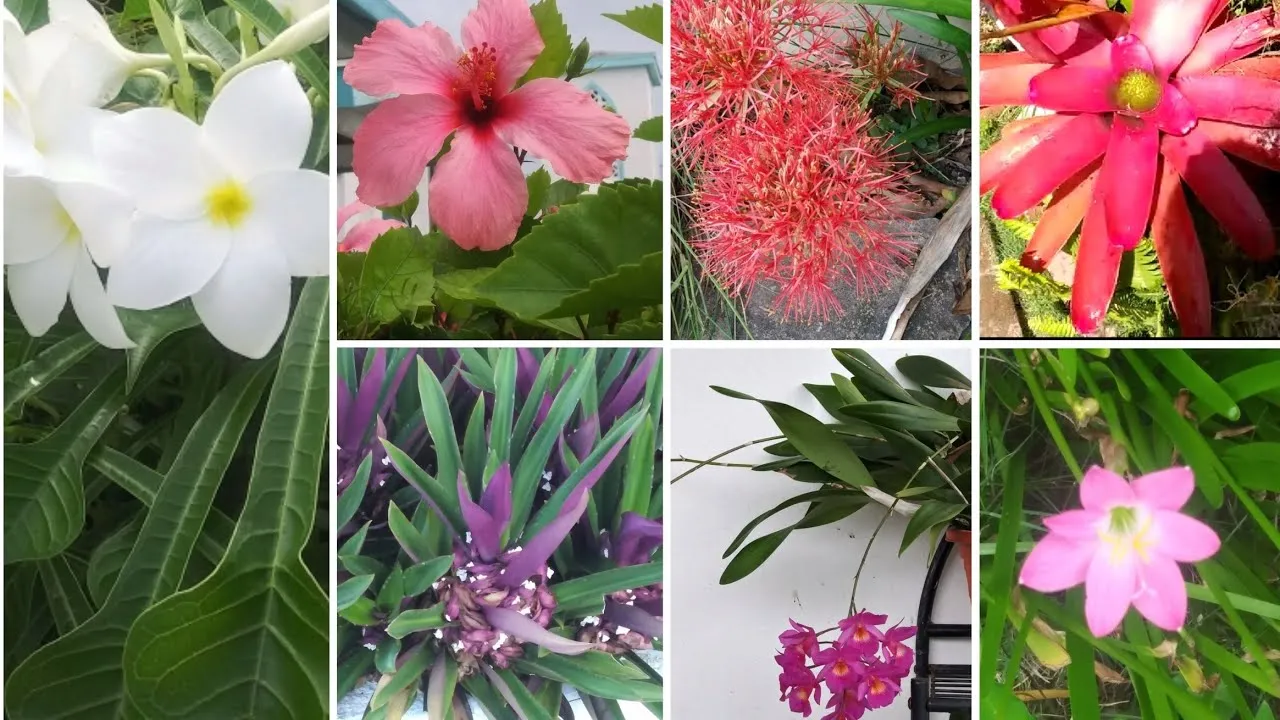
The Caribbean is a rich region full of life, colour, and vitality and the flowers are no exception. With connotations beyond simple pretty faces, the petals carry great emotional and cultural meaning. From celebratory events to rites and even emotional expressions, Caribbean tropical flowers have histories behind them. Love, strength, unity, and tradition are the language they speak in the islands, where they are incorporated into the daily fabric.
Popular Tropical Flowers and Their Symbolic Significance
Hibiscus: Beauty, Passion, and Grace
Its bright colors and stunning petals make the hibiscus one of the most recognizable flowers in the Caribbean. And it’s more than a pretty face. In most island cultures, the hibiscus symbolizes beauty, love, and passion. Red hibiscus, in particular, has been linked with romance and is a popular choice for love affairs and weddings. And it represents femininity and grace—creating a bright, welcoming aura reminiscent of the islands.
Strength in Color: Bougainville
This vibrant, climbing plant grows almost everywhere in the Caribbean. Its magenta, pink, or orange petals bring color wherever they are placed at once. Bougainvillea is more than admired for the color it brings, though. The plant represents strength, willpower, and the strength to endure even in negative conditions. The plant is linked in local culture with the values of hospitality as well and is placed in homes and yards in arrangements in order to greet guests.
Also read: Wedding Flower Checklist: Here’s Every Single Bouquet and Arrangement to Plan For
Plumeria: Fertility and Spiritual Prof
Also known as frangipani, plumeria has great emotional and spiritual significance. In Caribbean culture, it is typically associated with life, fertility, and holiness. In contrast, in other regions, it is often linked with death. However, in the Caribbean, it has been used in rites and practices connected with the world of spirits, believed to connect mortal inhabitants with the gods.
Saint Lucia’s Marguerite and Rose: Cultural Identity in Bloom
In the Island of Lucia, there are two flowers more than just mere symbols; they represent two different cultural groups. The rose and marguerite represent love, respect, and dignity. The flowers are most significant in the cultural celebration on the island, especially the annual flower festivals, where they celebrate their particular culture and oneness in difference.
Allamanda: A Golden Indicator of Hope
The yellow allamanda, or more familiarly the Golden Trumpet, is full of symbolism. The bright colors and cheery shape symbolize hope, new beginnings, and joy. To Caribbean people in particular, it is the symbol of tangible hope and the fortitude of holding on through hard times.
Conclusion
In the Caribbean, flowers are so much more than just beautiful plants — they’re part of the culture, the history, and the way people express emotions. From celebrations and traditions to everyday life, these tropical blooms carry powerful meaning. At St. Maarten Flowers, we believe in honoring that connection by creating floral arrangements that reflect the heart and soul of the islands — full of color, symbolism, and life.

